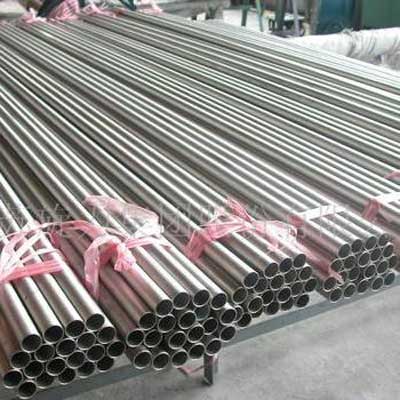When the hardness of titanium alloy is greater than HB350, cutting is particularly difficult, and when it’s less than HB300, it is very likely to be sticking which also makes cutting difficult.
- Low deformation coefficient: this is a significant feature of titanium cutting. If the deformation coefficient is less than or close to 1, the distance of the chip friction sliding on the rake face is greatly increased, which accelerates wearing of the tool.
- High cutting temperature: due to the low thermal conductivity of titanium, the contact length between the chip and the rake face is extremely short, and the heat generated during cutting is not easy to be transferred. It is concentrated in a small area near the cut position and the cutting edge, thus the cutting temperature is very high . Under the same cutting conditions, the cutting temperature can be more than twice as high as when cutting No. 45 steel.
- Large cutting force per unit area: The main cutting force is about 20% smaller than that during steel cutting. Since the contact length between the chip and the rake face is extremely short, the cutting force per unit contact area is greatly increased, which is likely to cause tipping. At the same time, due to the low modulus of elasticity of titanium, it is likely to bend and deform under the radial force during processing, which can cause vibration, increase tool wear and affect the accuracy of parts. Therefore, the process system is required to have high rigidity.

